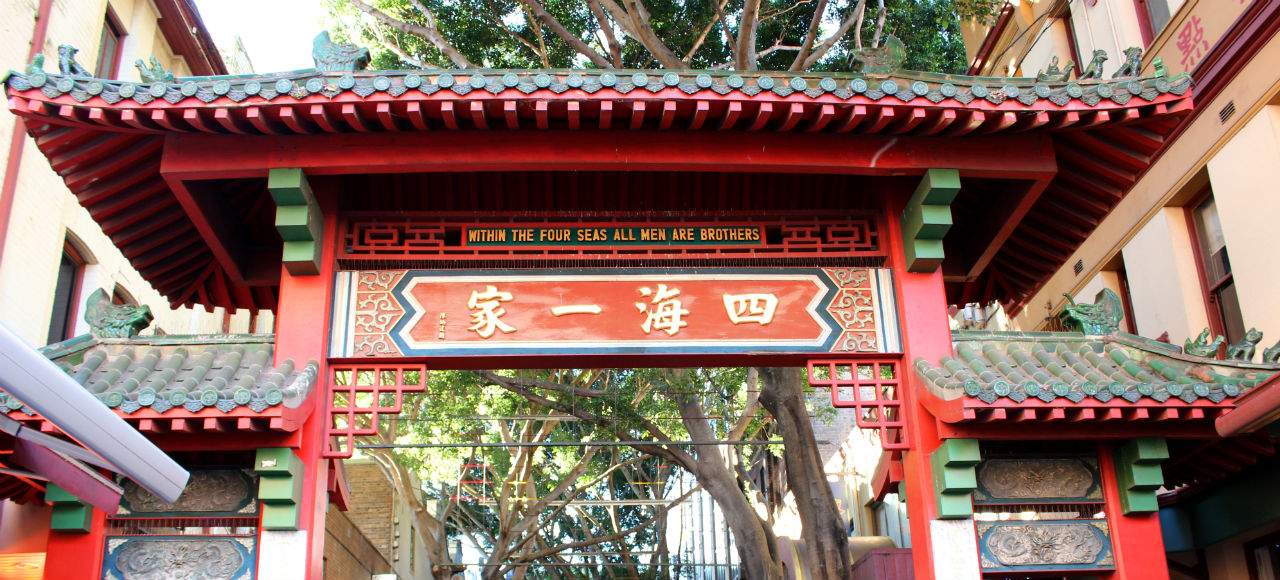Take a Walking Tour Through the Tang Empire in Sydney's Chinatown
You've probably never noticed the golden age of China hiding inside your Emperor Puffs.
In partnership with
While the rest of Europe was sitting in the Dark Age, China's Tang dynasty (618-907) was the most prosperous and powerful in the world. The empire's ancient capital of Chang'an (present day Xi'an) was located at the start of the busy Silk Road trade route, making the city a cosmopolitan metropolis renowned for its great wealth, sophistication and cultural diversity.
Despite the thousands of years that have passed since the Tang Empire ruled the world, the influence from this powerful and progressive dynasty are still prevalent in Chinese culture today. In collaboration with the Art Gallery of New South Wales's current Tang: Treasures from the Silk Road Capital exhibition, we took a walking tour with Tang curator Yin Cao around Sydney's Chinatown to see modern day Tang influences at every corner. Take the tour across nine easy stops, where you can experience the golden age of China right in Sydney.
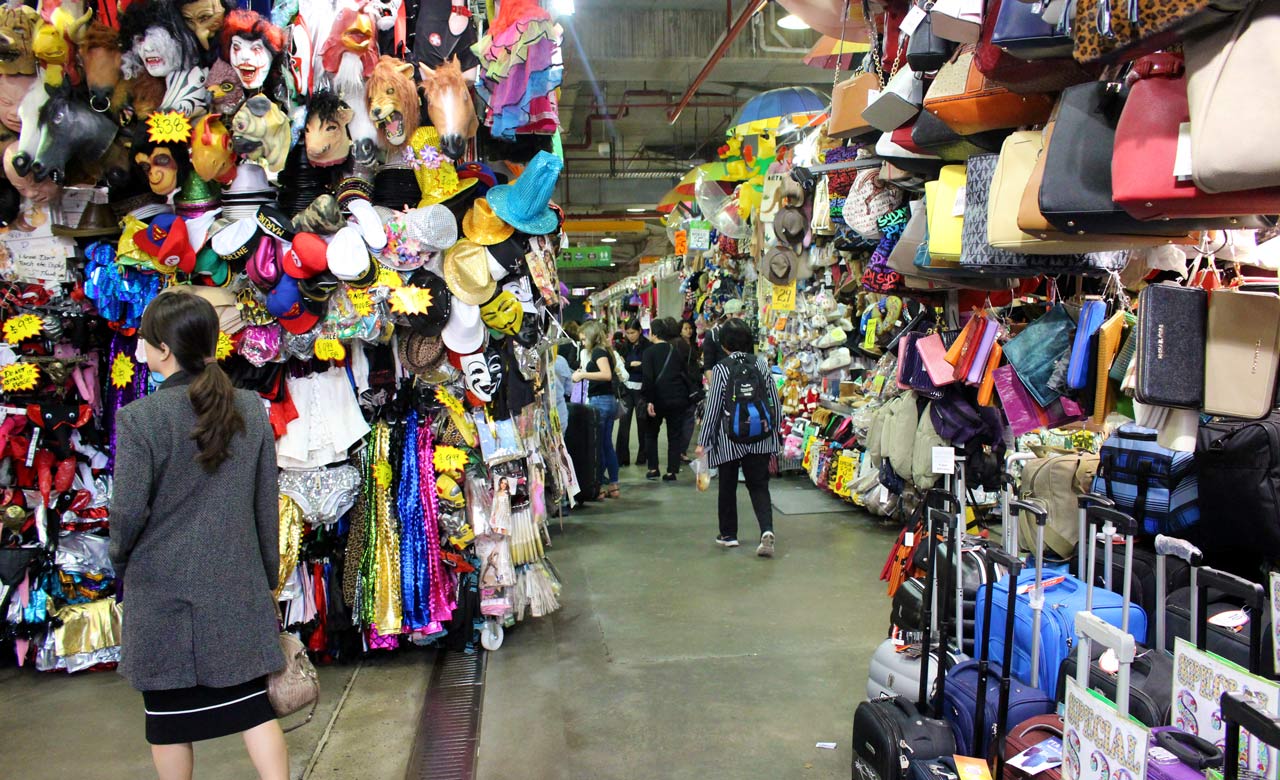
STOP 1: MARKET CITY
During the Tang reign, Chang'an was known as a commercial hub. The city itself was laid out in a grid structure, as depicted in the AGNSW exhibition, much like the stalls in Paddy's Markets in Market City are today. Moreover, the two markets of Chang'an were the focal point of the city and split between a wet and dry market, again similar to Paddy's. The earliest banks existed in the ancient city as well, which, due to its importance along the trade route, was a site of much foreign exchange — not unlike the many currency exchange stalls in Chinatown today. The entire 'hustle and bustle' atmosphere is reminiscent of the Tang golden age and its position as the trade centre of the world.
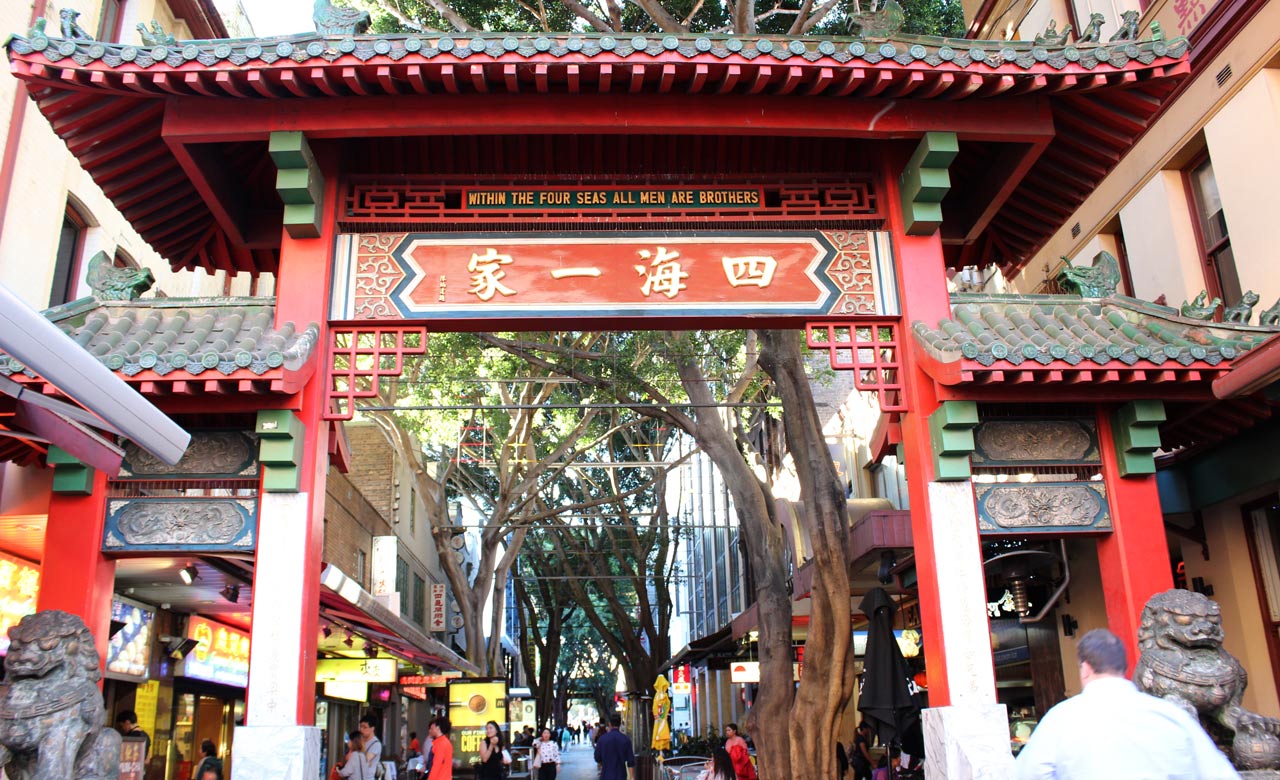
STOP 2: DIXON STREET EASTERN PAIFANG (ARCH)
Sydney's Chinatown is perhaps best known for the arches that sit on either side of the Dixon Street thoroughfare. Every facet of these arches exudes Tang influence. The calligraphy on the eastern arch is a well-known Tang poem which is also highlighted in the AGNSW exhibition: "Ten thousand nations' robes and caps bow to the imperial cap and tassel." The top of the arch reads a similar message in both English and Chinese characters: "Within the four seas all men are brothers." This concept of unification is deeply rooted in Chinese culture and speaks to the power of the Tang Empire. The emperors saw themselves as leaders for everyone on earth and the dynasty acted as a beacon for people across many parts of the world.
The Tang period was specifically marked by its artistic nature, with over 50,000 poems still existing. Tang poems are still memorised by children today, much the way Shakespeare is studied in the western world. In general, calligraphy became the highest form of art in Chinese culture during the Tang period and can be seen across many of the storefronts and restaurants in Chinatown.
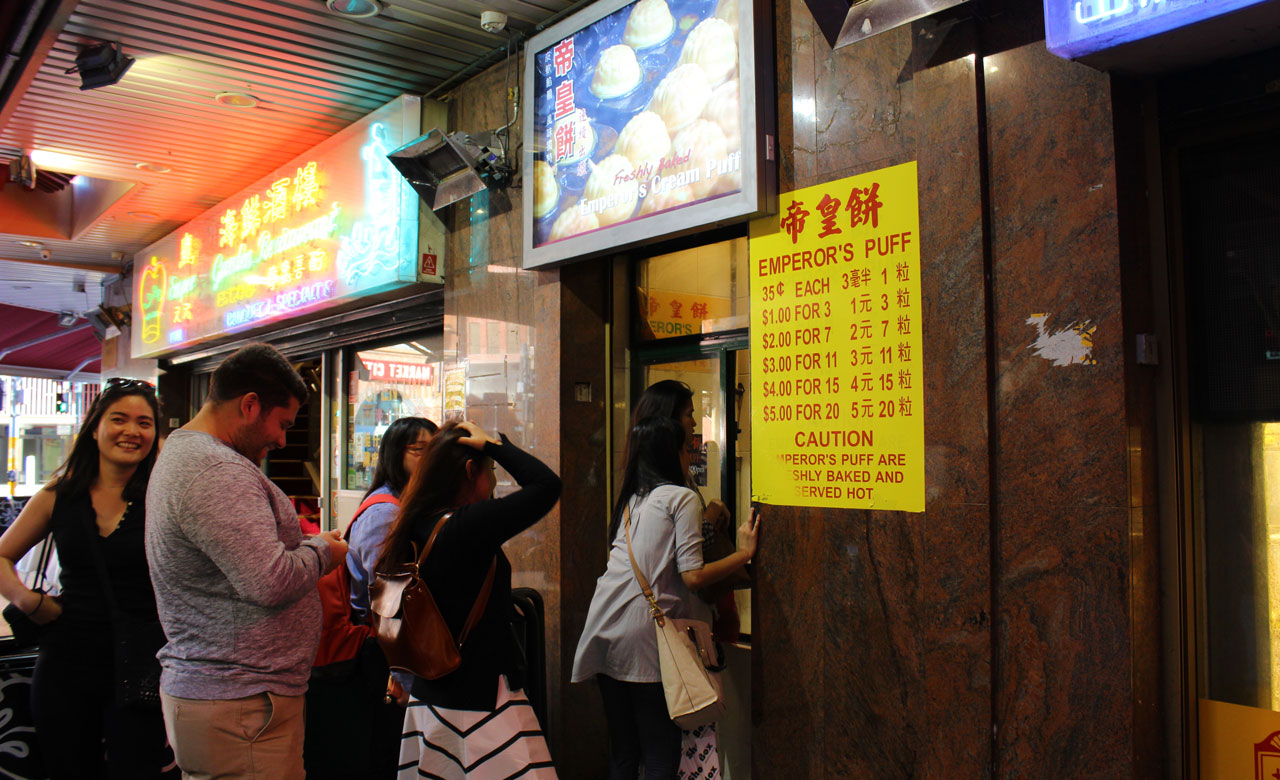
STOP 3: EMPEROR'S GARDEN RESTAURANT
Next, stroll past the popular Emperor's Garden Restaurant where Sydneysiders regularly join that massive queue for the venue's famously delectable cream puffs. We bet you've never considered the name before, or the names of many of the Haymarket restaurants you frequent. Imperial thought is deeply rooted in Chinese culture because of the Tang Empire — it is a period of history that the Chinese are still extremely proud of and influenced by. Kiroran Silk Road Uygur Restaurant is also rooted in the many diverse cultures that traded on the Silk Road. Even Dynasty Karaoke is named with reverence for this power in mind. Many of the restaurants also still use Chinese ceramics — 'china' became well known for its quality and innovation during the Tang period.
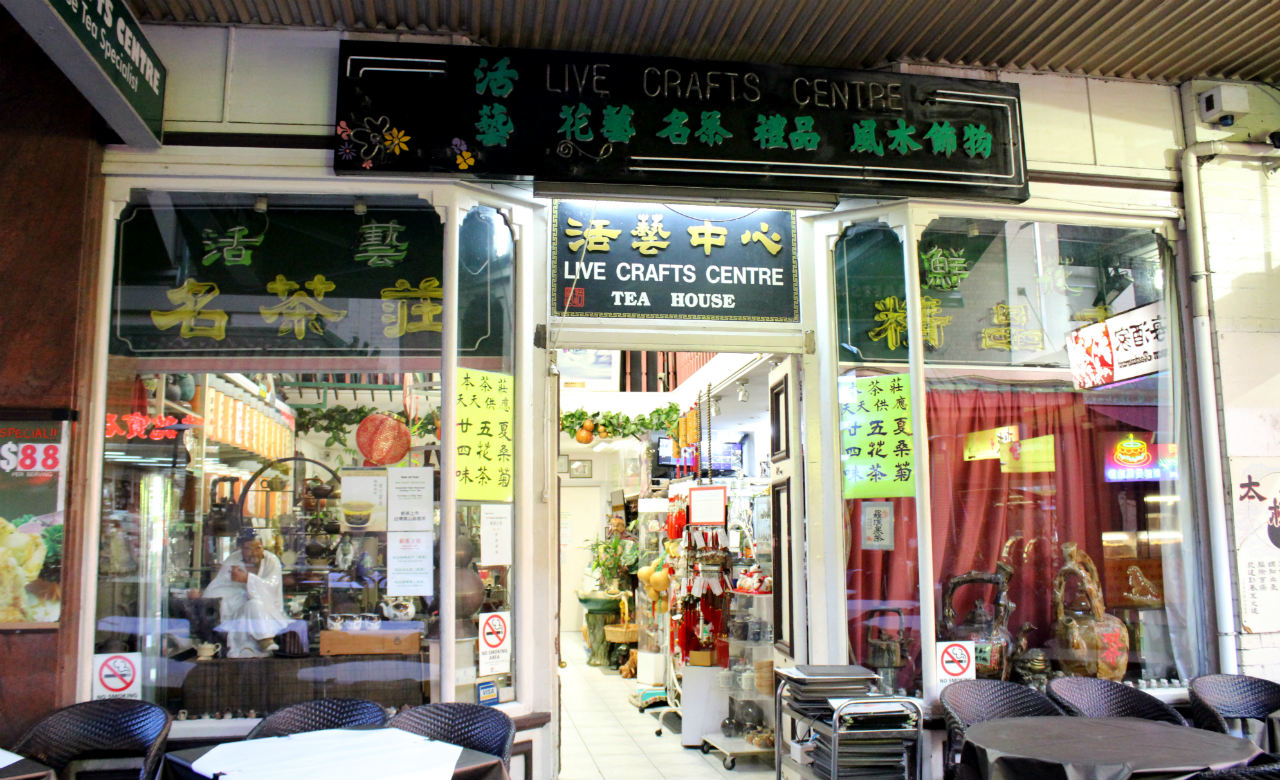
STOP 4: LIVE CRAFTS CENTRE TEA HOUSE
The Chinese people of course drank tea before the Tang Dynasty began, but it not until this period that drinking tea became a nationwide custom from south to north, according to Marco Ceresa's China Heritage Quarterly article 'Tea: A Very Short History'. Ceresa notes two contributing factors to the rise in tea culture: the rise of Chan Buddhism and a book called Chajing (The Classic of Tea), by Lu Yu compiled between 758 and 760 — the first book ever devoted to the subject of tea. Many of these ancient tea relics are preserved in the AGNSW exhibition — made of gold and crystal, the relics are of the finest quality and showcase the reverence for which tea drinking was given. Tea houses and shops are still homage to this culture, which has spanned thousands of years and is still customary today.

STOP 5: ROSE OPAL AND SOUVENIRS SHOP
With so many travellers entering Chang'an via the Silk Road, foreign exoticism was extremely prevalent during the Tang dynasty. Constantly exposed to new neighbouring trends, the Tang people were extremely fashionable and progressive — and held high value for gems and jewels. The Tang were among the first civilisations to realise the value of the precious stones they traded — often from Rome and the Islamic nations. The respect and value for precious stones like opal runs strong in Haymarket today, with Australian opal and jewellery shops lining Chinatown and selling quite the expensive souvenir.
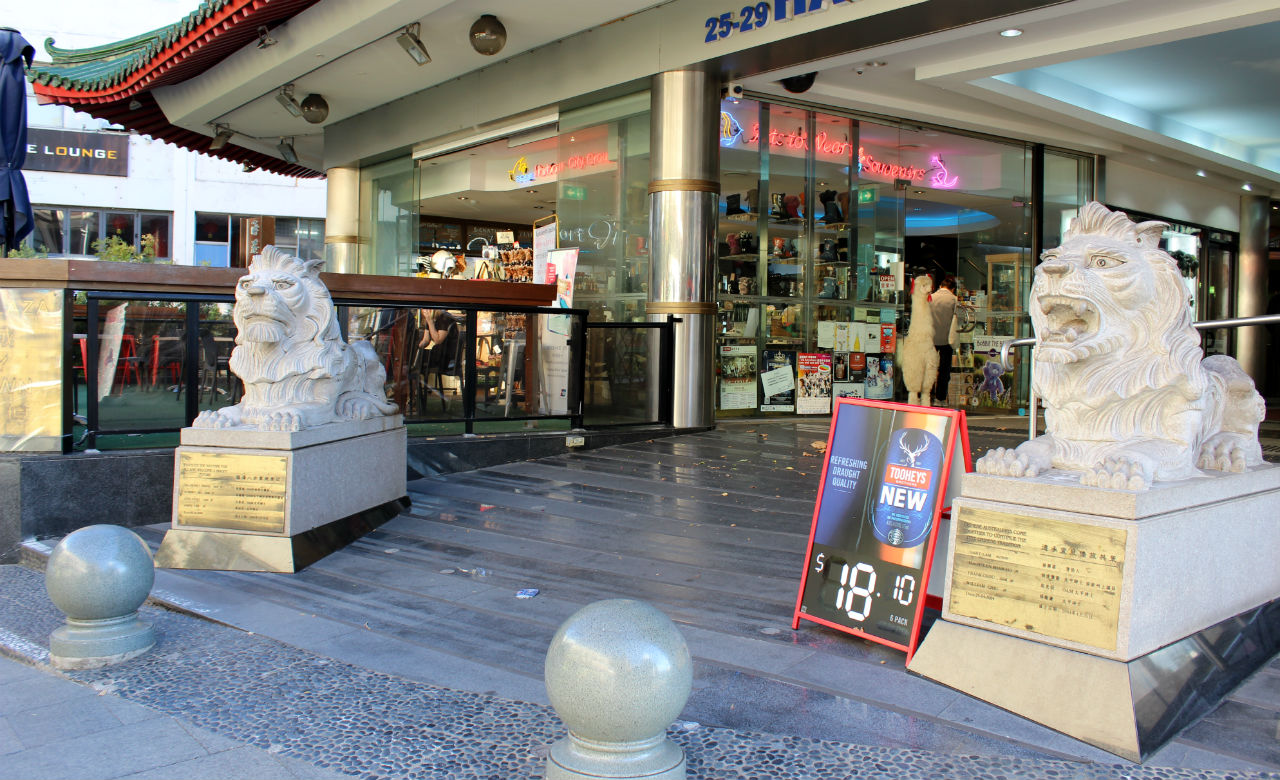
STOP 6: ENTRANCE TO HARBOUR PLAZA
The entrance to the Harbour Plaza is one of many sites in Chinatown where you'll come across statues of lions and other animals. During the Tang Empire, tomb guardians were used to protect ancestors in the afterlife. These guardians took many forms, from horses to lions and even zodiac animals, as displayed in the AGNSW exhibition. Both Dixon Arches are also protected by twin lions, as are a few of the restaurants around town.
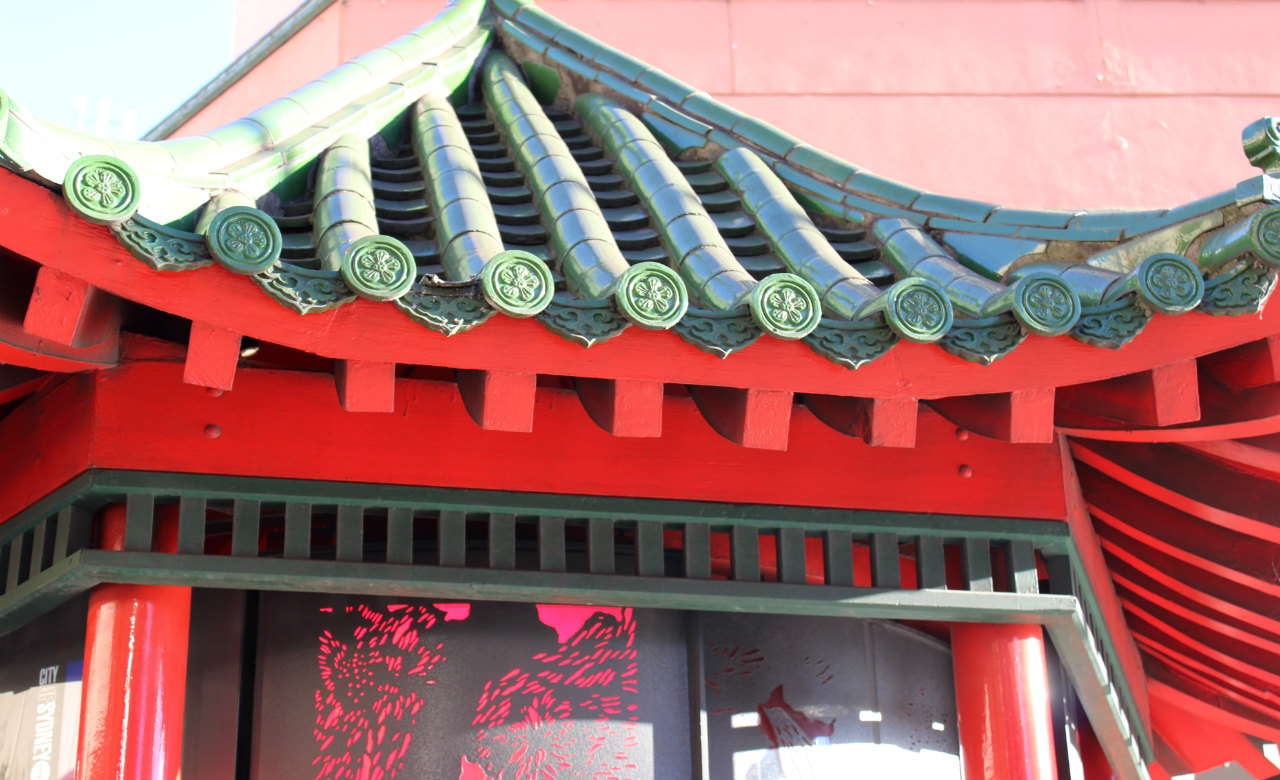
STOP 7: CHINATOWN INFORMATION KIOSKS
The information kiosk in Haymarket isn't simply a stand with pamphlets — the structure uses an ancient architectural design that began in the Tang era. The wadang (eaves) tiles used on many of the Dixon Street buildings are specific to Tang architectural design and were used to protect the wooden buildings from rain and sunlight. Though the wadang no longer have functional purpose, they are still used on many buildings in Chinatown as an architectural homage to the Tang dynasty. Nearly identical wadang are displayed in the AGNSW exhibition and have been preserved from the ancient Tang period.
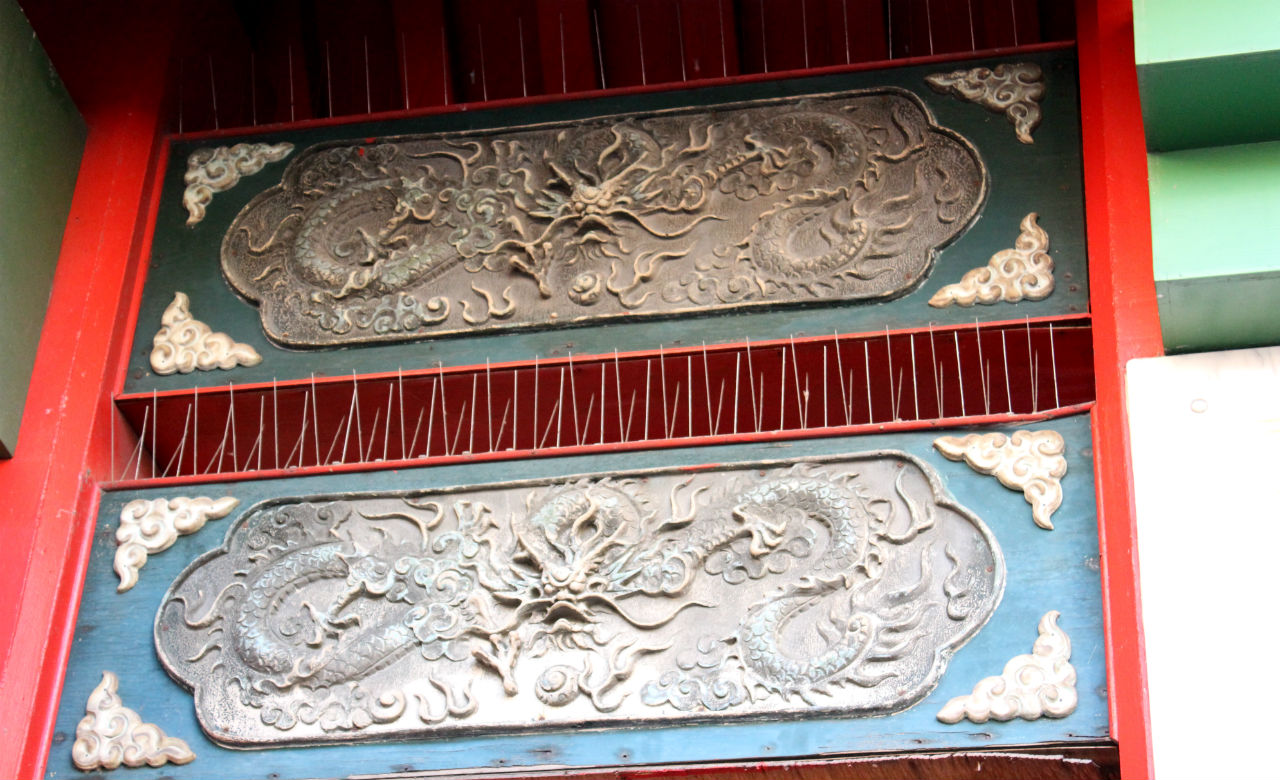
STOP 8: DIXON STREET WESTERN PAIFANG
Though the image of a dragon-like creature existed in prehistoric times, the symbol was popularised during the Tang Empire as a representation of the Emperor and imperial power. Though China accepted foreign influences, they maintained many of their own cultural traditions — the continued use of the dragon symbol was one of them. A symbol of power, luck and strength for worthy humans, the dragon represented control over many things — built empires but also rain, floods and typhoons. While more calligraphic poems and tomb guardians are present here, the dragon motif is well represented on this side of Dixon Street, which you can see engraved in the arches. The Triple 8 Hotel also uses the dragon as its logo.
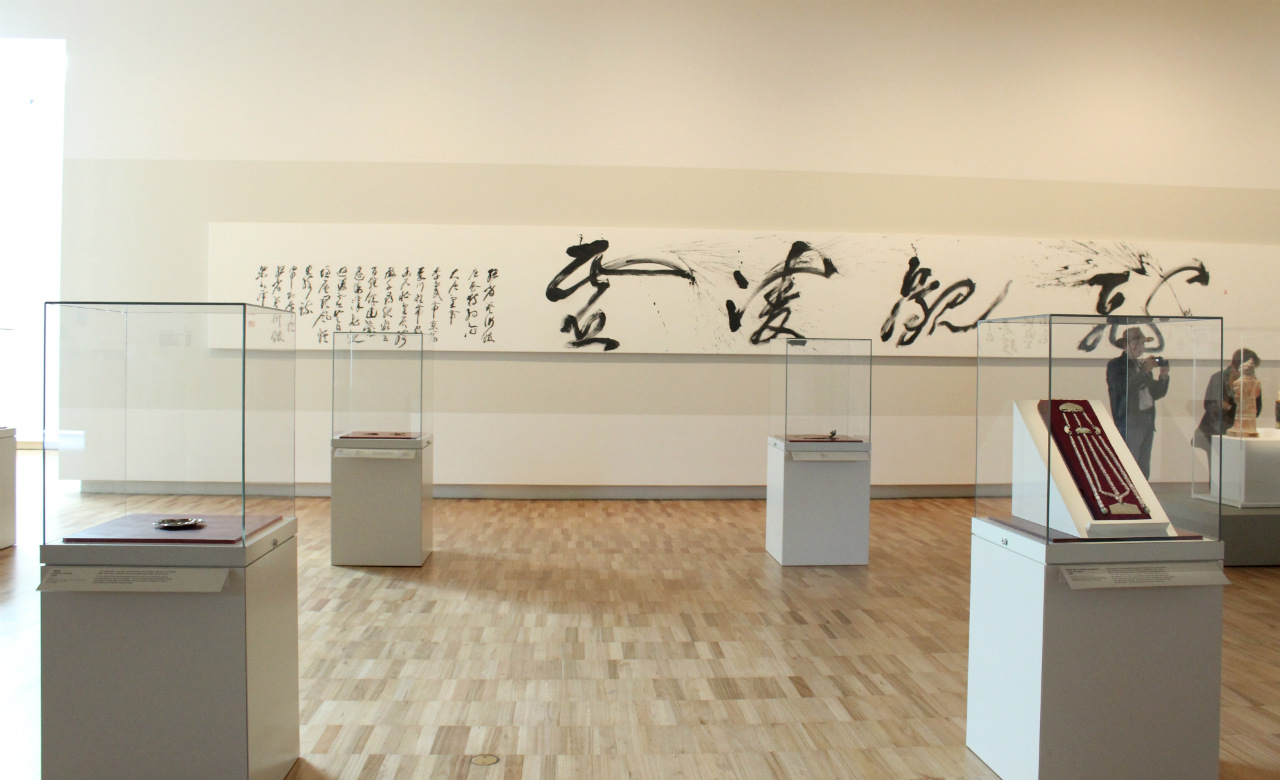
STOP 9: TANG EXHIBITION AT AGNSW
Now that you've found sparks of Tang throughout the city, it's time to see to real thing. Head through the city, across the Domain and into the Art Gallery of New South Wales to see the many wonders of the Tang dynasty in this mega exhibition. They're bringing you 130 objects — from gold dragons to artworks to terracotta sculptures — to help you relive Chinese history. The exhibition will finish up on July 10 and there's more info right here. Now that's a solid way to spend a Saturday.
